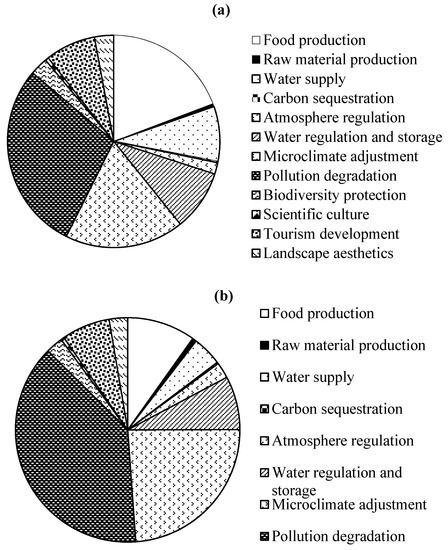

Each chapter is followed by problems, notes, and references to additional information. The book covers both finite difference and finite element methods and includes practical sample programs that demonstrate theoretical points described in the text. Introduction to Groundwater Modeling presents a broad, comprehensive overview of the fundamental concepts and applications of computerized groundwater modeling. The dramatic advances in the efficiency of digital computers during the past decade have provided hydrologists with a powerful tool for numerical modeling of groundwater systems.
Surface water modeling system how to#
Explains how to formulate a conceptual model of a groundwater system and translate it into a numerical model Demonstrates how modeling concepts, including boundary conditions, are implemented in two groundwater flow codes- MODFLOW (for finite differences) and FEFLOW (for finite elements) Discusses particle tracking methods and codes for flowpath analysis and advective transport of contaminants Summarizes parameter estimation and uncertainty analysis approaches using the code PEST to illustrate how concepts are implemented Discusses modeling ethics and preparation of the modeling report Includes Boxes that amplify and supplement topics covered in the text Each chapter presents lists of common modeling errors and problem sets that illustrate conceptsĪuthor : Herbert F. The text is intended for undergraduate and graduate level courses in applied groundwater modeling and as a comprehensive reference for environmental consultants and scientists/engineers in industry and governmental agencies. This second edition is extensively revised throughout with expanded discussion of modeling fundamentals and coverage of advances in model calibration and uncertainty analysis that are revolutionizing the science of groundwater modeling. The Water Quality Framework streamlines water quality assessment and reporting by integrating existing systems.Author : Mary P. WASP is a dynamic compartment-modeling program for aquatic systems, including both the water column and the underlying benthos. Water Quality Analysis Simulation Program (WASP) WATERS GeoViewer is a web mapping application which allows users to view data and execute web services provided by the US EPA Office of Water’s Watershed Assessment, Tracking & Environmental Results System (WATERS). The WATERS (Watershed Assessment, Tracking & Environmental Results System) framework unites water quality information from various unconnected database systems.

The NHDPlus framework provides comprehensive data about surface water and water quality. NHDPlus (National Hydrography Dataset Plus)

The user-friendly How's My Waterway application shows conditions of local streams, lakes and other waters anywhere in the U.S. HAWQS is a water quantity and quality modeling system that evaluates the impacts of management alternatives, pollution control scenarios and climate change scenarios How's My Waterway HAWQS (Hydrologic and Water Quality System) There are two kinds of queries available, simple and expert, which answer frequently asked questions about WATERS data. The Ask WATERS application offers a query tool for collecting various data from the WATERS database. Surface water quality modeling tools help water quality professionals address water quality problems and support the development of Total Maximum Daily Load (TMDL) plans, assess permit conditions for National Pollutant Discharge Elimination System (NPDES) facilities, evaluate policy and water quality effects of potential actions, and conduct other water quality analyses.


 0 kommentar(er)
0 kommentar(er)
